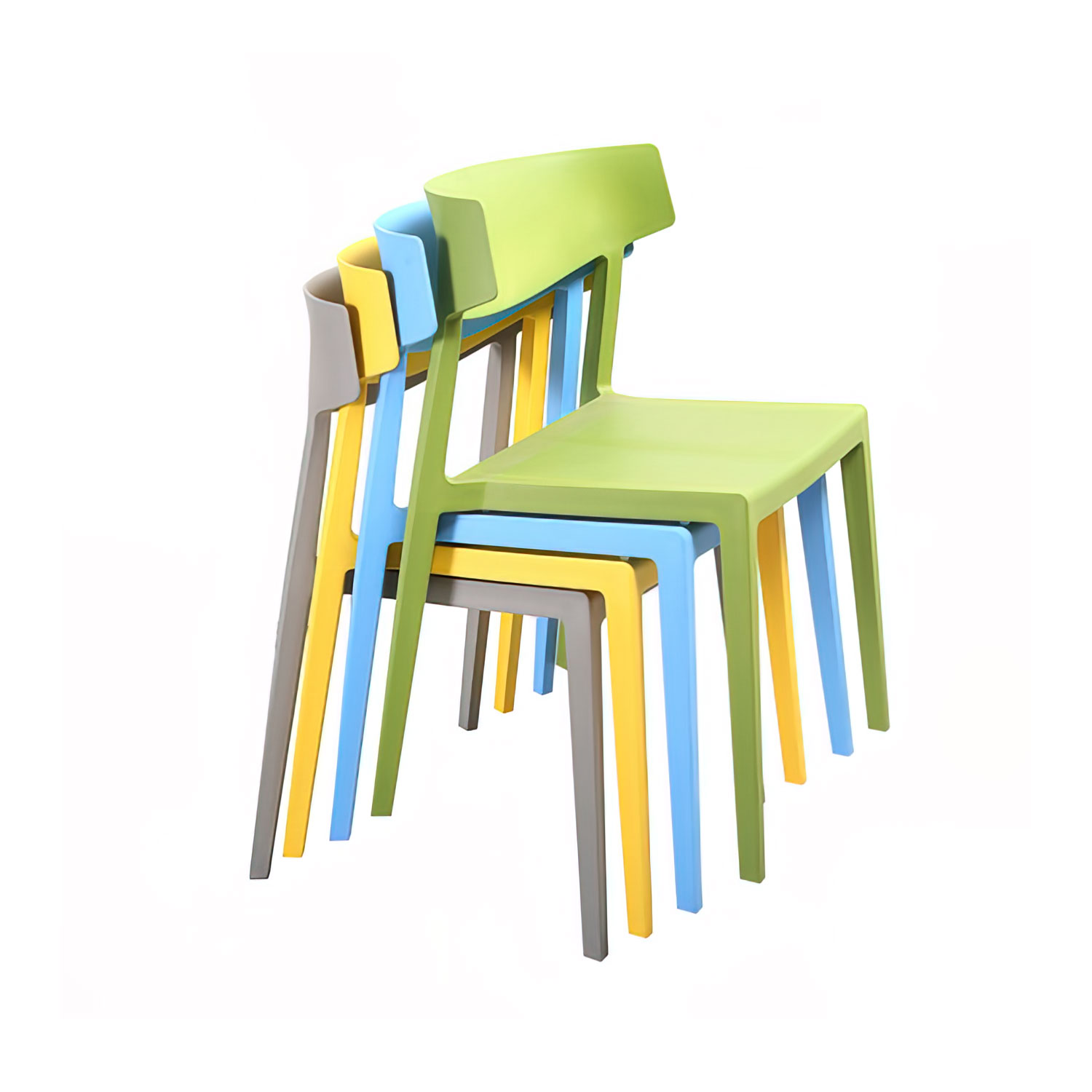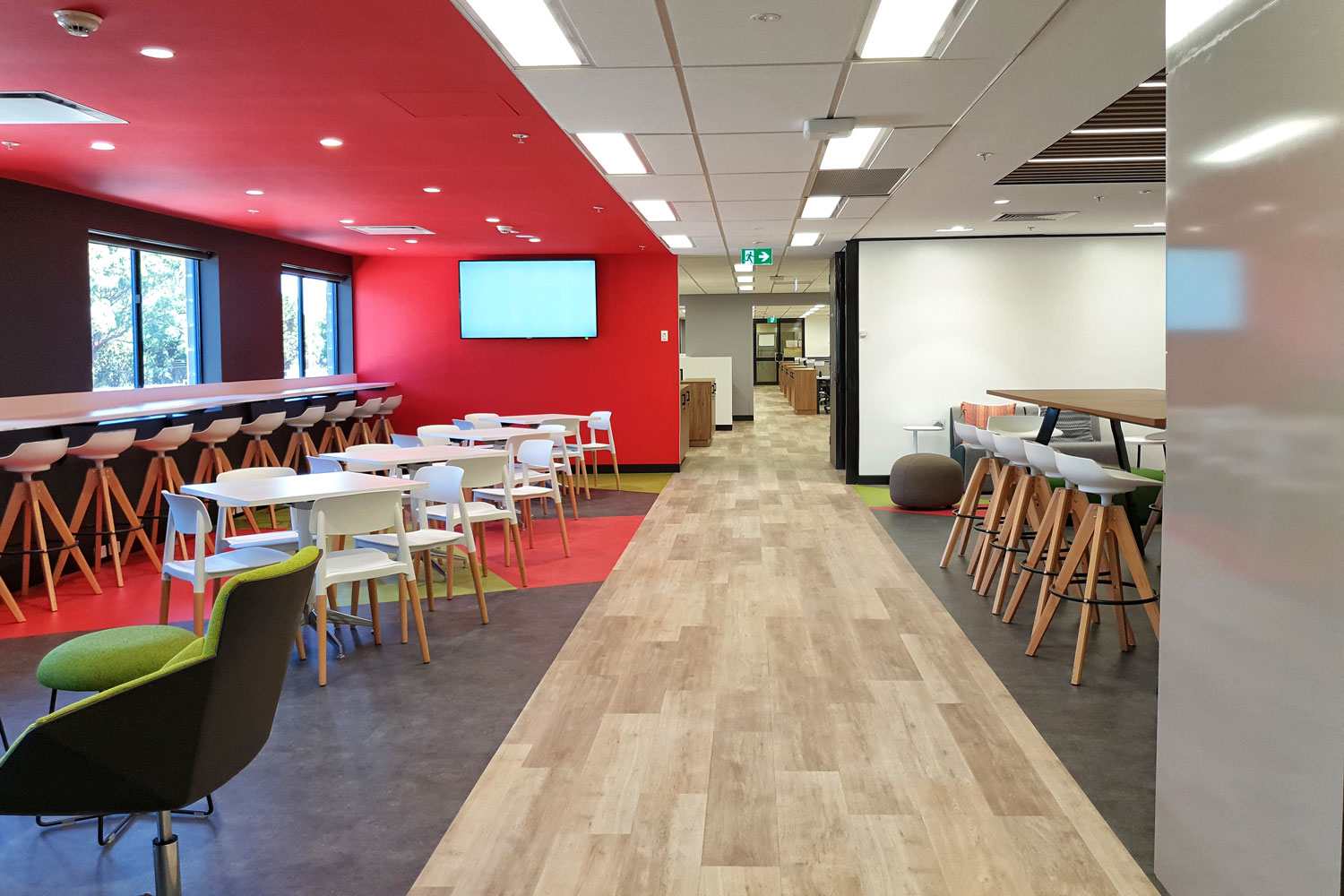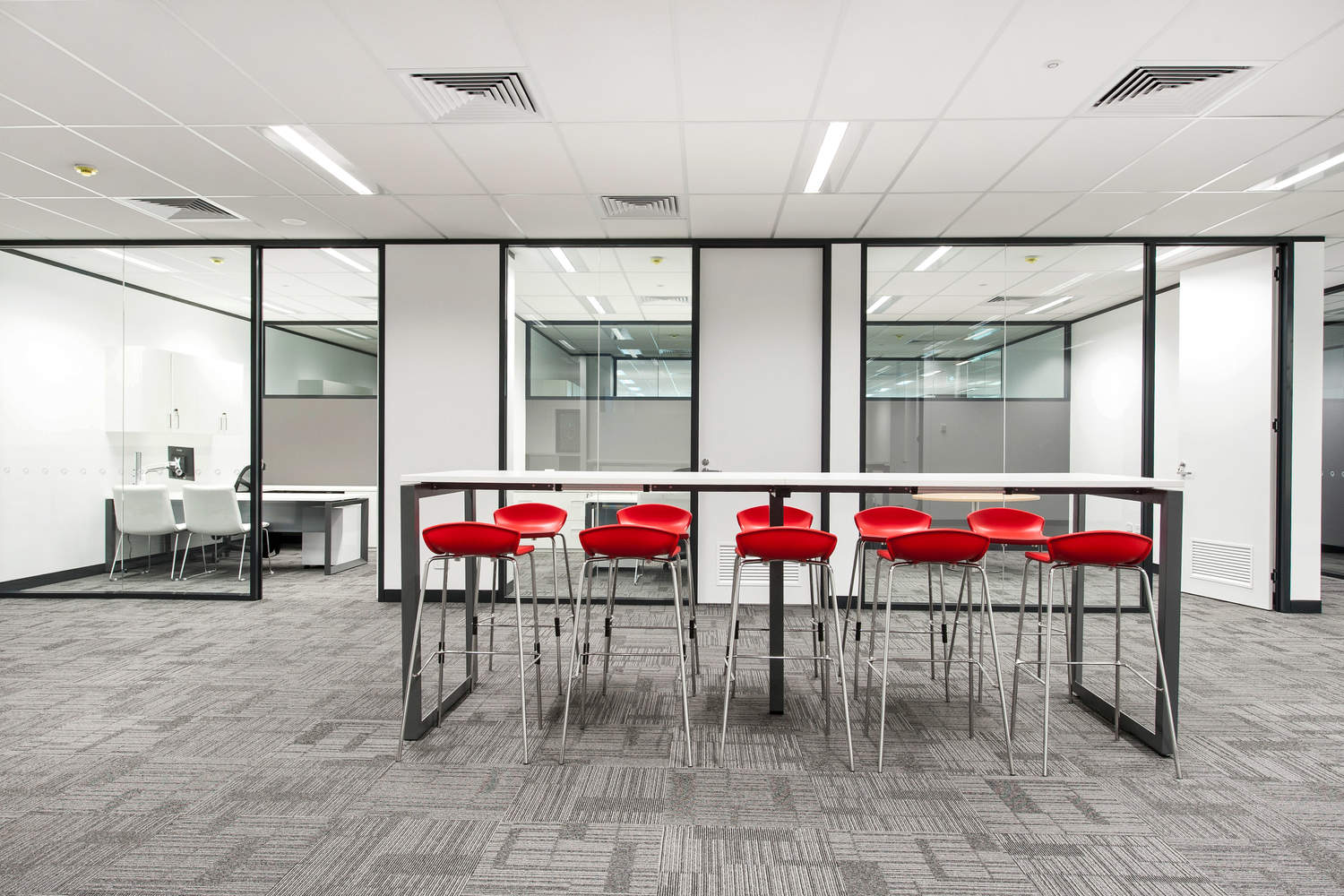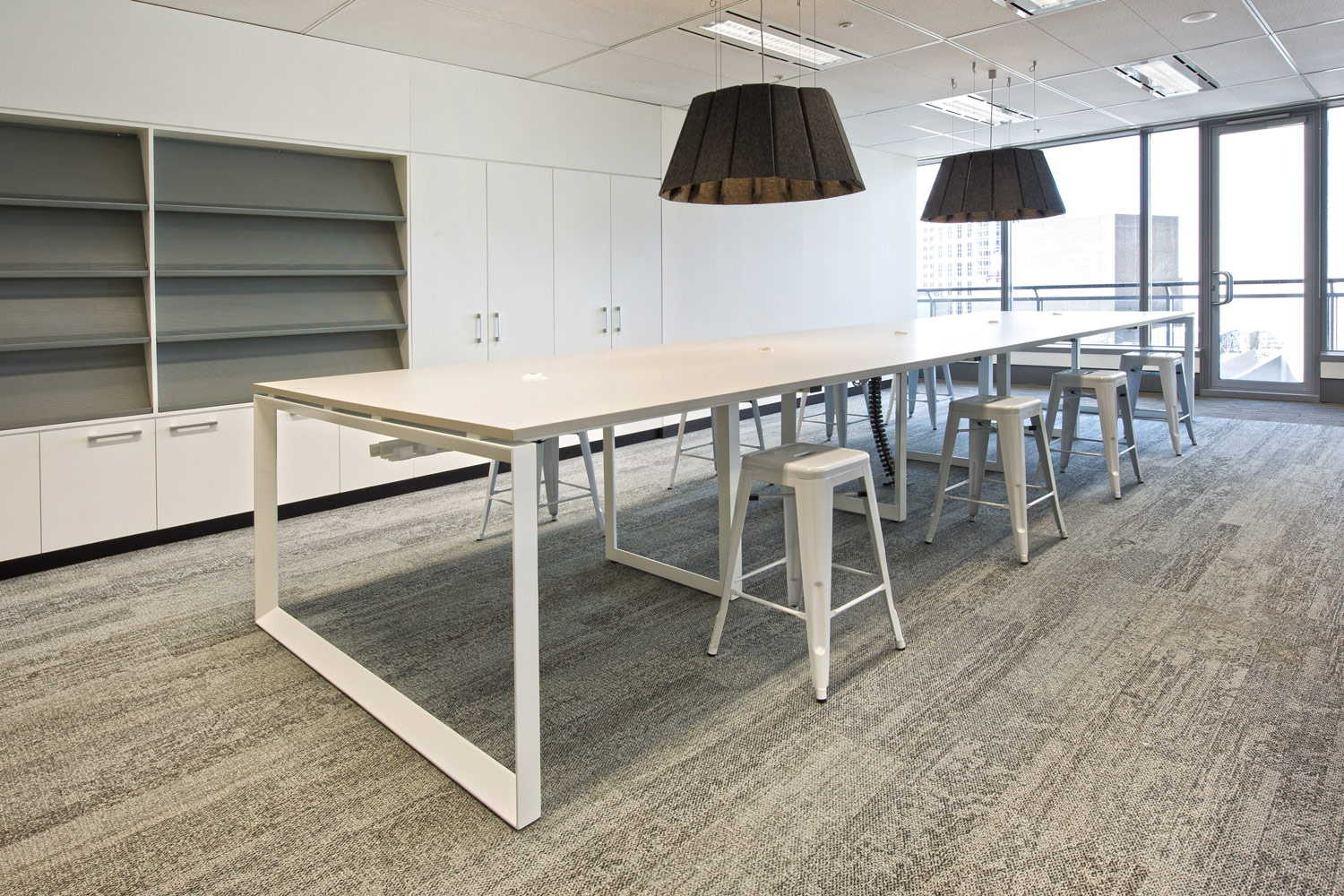Polypropylene and polymer plastics have transformed the landscape of commercial and office furniture design, offering versatility, durability, and affordability. Let’s delve deeper into the world of these innovative materials, exploring their features, benefits, and diverse applications in modern furniture design.
Polypropylene: A Lightweight and Resilient Wonder
Polypropylene, a thermoplastic polymer, has become a go-to choice for commercial and office furniture. Here's why:
- Mechanical Strength: Despite its lightweight nature, polypropylene boasts impressive mechanical properties. It exhibits high tensile strength and impact resistance, ensuring furniture longevity even in high-traffic office environments.
- Chemical Resistance: Polypropylene's resistance to chemicals and solvents makes it well-suited for commercial spaces. It can withstand spills and stains commonly encountered in cafeterias, break rooms, and collaborative areas.
- Outdoor Durability: Polypropylene's exceptional weather resistance makes it an excellent choice for outdoor office spaces or terraces. Furniture made from polypropylene maintains its structural integrity and vibrant appearance, even when exposed to the elements.

Giru Polypropylene Visitor Chair
Polymer Plastics: Unleashing Design Possibilities

Polymer plastics offer a diverse range of materials, each with unique characteristics. Let's explore some popular choices:
- Polyethylene: Known for its flexibility and impact resistance, polyethylene is commonly used for moulded furniture pieces in commercial settings. Its versatility allows for curved and ergonomic designs that prioritise comfort for customers and employees.
- Polystyrene: Polystyrene, including General-Purpose Polystyrene (GPPS) and High Impact Polystyrene (HIPS), holds potential in furniture design. GPPS is a rigid and lightweight form of polystyrene that provides excellent transparency, making it suitable for applications that require a sleek and modern appearance. It can be used for tabletops, display cases, or other furniture components where transparency is desired. HIPS, on the other hand, offers enhanced impact resistance and is commonly used for structural elements in furniture design. Both GPPS and HIPS offer versatility and design flexibility in creating contemporary furniture pieces.
Note: these forms of polystyrene should not be confused with Expanded Polystyrene (EPS), which is commonly used for packaging and insulation.
- Polyvinyl Chloride (PVC): PVC's adaptability makes it a versatile option for commercial furniture design. Consider PVC for office storage solutions, such as file cabinets or modular shelving units, as it combines durability with a range of design possibilities.
Practical Tips for Selecting, Maintaining, and Incorporating Polypropylene and Polymer Plastic Furniture

- Tip 1: Prioritise Ergonomics
When selecting polypropylene or polymer plastic chairs for office use, opt for designs that prioritise ergonomic features. Look for adjustable seat height, lumbar support, and armrests to ensure maximum comfort and support for employees, reducing the risk of discomfort and injury.
- Tip 2: Easy Maintenance:
Polypropylene and polymer plastic furniture are relatively easy to maintain. Regular cleaning with mild soap and water, along with gentle scrubbing using a soft cloth, is usually sufficient to remove dirt and stains. Avoid using abrasive cleaners or scrub brushes that may scratch the surface.
- Tip 3: Customisation Options:
Take advantage of the design flexibility offered by polypropylene and polymer plastics. Explore customisation options to match your office's branding or interior aesthetics. Consider choosing furniture pieces in different colours or incorporating patterns or company logos.
- Tip 4: Sustainable Choices:
Ensure that the polypropylene and polymer plastic furniture you select are sourced from manufacturers committed to sustainability. Look for products made from recycled materials or those that can be recycled at the end of their lifecycle, reducing environmental impact.
Conclusion
Polypropylene and polymer plastics have revolutionised commercial and office furniture design, offering practicality, durability, and affordability. By selecting ergonomic designs, prioritising comfort and functionality, and practising easy maintenance, you can create a productive and visually appealing workspace. Embrace the versatility and design possibilities of polypropylene and polymer plastic furniture, while also considering sustainability factors, to create a modern, efficient, and eco-friendly office environment.
 Menu
Menu
 Close
Close



